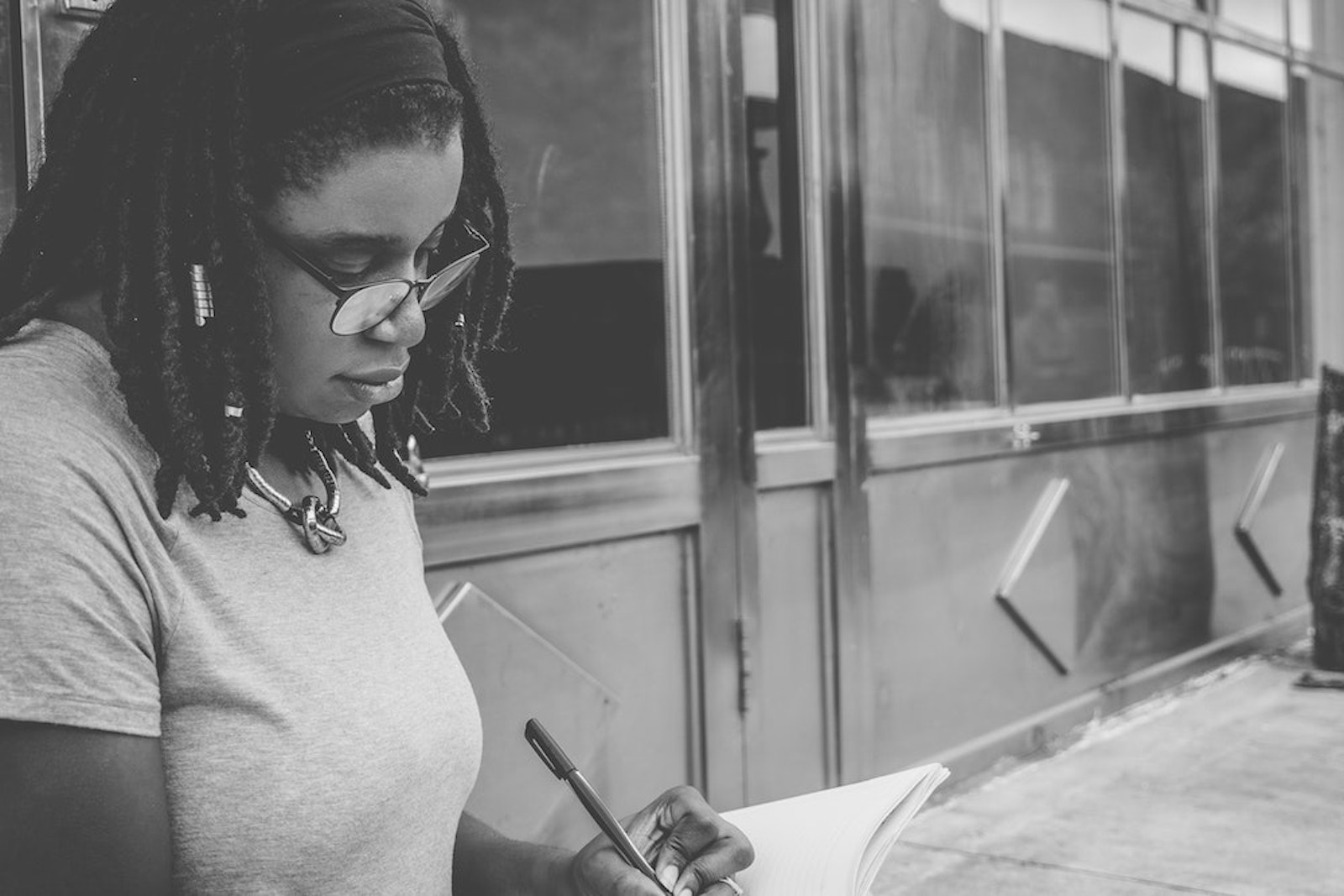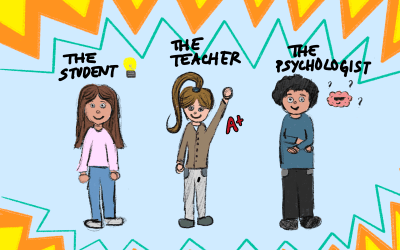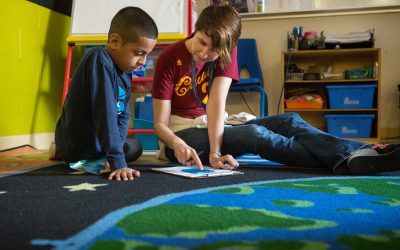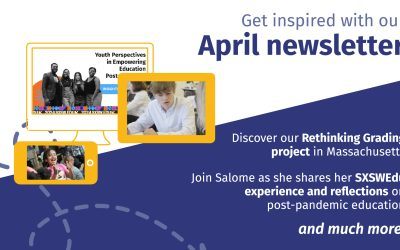As part of reDesign’s #justonething effort to support (and not overwhelm!) educators during the COVID-19 pandemic, here is just one thing: a student-facing performance task guide, The Personal Statement: A Student Guide, to support learners in crafting a personal statement for a college (or career) application.
A few weeks ago reDesign was asked to create a project for New York City’s high school learners preparing for college in the age of COVID-19. The Project: The College Personal Statement.
As we are all feeling, it’s a very tough time for young people to plan for the future. So much is unknown to all of us, and will remain so for quite some time. For adolescents, the idea of planning for college or a career when we can’t safely leave our homes and our economic future is fragile at best, can feel like the very definition of absurd. At the same time, we are in a moment when providing young people with the opportunity to reflect, use their voice, and share their experiences with an audience can be empowering and validating. It’s a way to “do something,” to commit to oneself even in the face of a global pandemic.
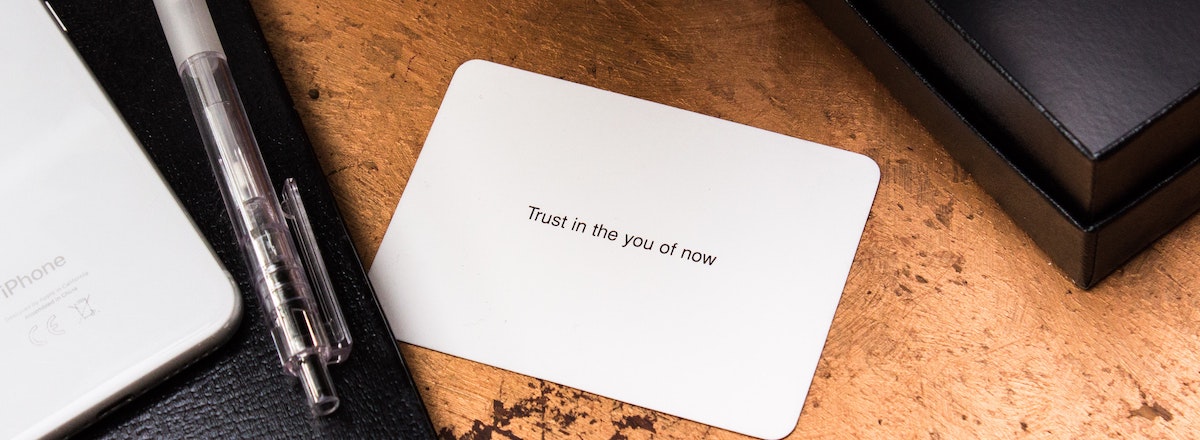
For those of us working directly with adolescents (my 16-year old daughter has turned our kitchen into her “school,” and I know many of you are turning your bedrooms and offices, living rooms and basements into classrooms), offering a personal project at this moment can provide a moment of normalcy: whether our post-secondary pathways occur in our kitchens or bedrooms, or out in the world, there will be pathways to explore and follow. The first piece of work is to find ways to create a space where young people can reimagine their future, affirming their passions and interests, skills and capacities, or begin to develop new ones. These haven’t disappeared just because the circumference of our lives has narrowed, but (and), they may be damn challenging to tap into right now.
Writing about oneself can be a doorway to what we know about ourselves, what we care about, what’s on our minds, and what we know has influenced and impacted our lives.
While we designed the The Personal Statement: A Student Guide to support learners preparing to apply to college, with some tweaks it could be adapted to support learners writing a personal narrative, at almost any age. Our Teacher Guide on supporting learners in writing A Personal Narrative may help you generate ideas for adapting The Personal Statement Student Guide, or just use this Teacher Guide in a more hands-on way with learners: it’s designed to support writers from age 8 to 88!
When you pop into reDesign’s Student and Teacher Guides (there are sixteen open-source Performance Task Teacher Guides in our Design Lab), you will see that they always follow a similar structure, emphasizing the development of powerful thinking: analysis, synthesis and creative skills and practices. Why?
We want learners to have access to evocative models.
We believe they can choose topics that are meaningful to them, while also attending to the needs of the audience who will be responding to their work.
We assume they can use language in powerful ways, making manifest their point of view, values, insights, and intentions.
reDesign’s guides intentionally provide extensive scaffolding so that even students working to address significant skill gaps have the opportunity to engage. And for students who possess some or all of the scaffolded skills, take down the supports and let the students find their way. You’ll notice, too, that within the Student Guide there is an embedded Student Project Journal that learners can copy and use as they move through the guide. This is another way to scaffold the writing process for learners, while creating an artifact that can be used for instructional purposes: understanding students’ thinking, and engaging in conferencing and feedback. This can be particularly in a remote learning environment when we lack the day-to-day contact with our students.
![Personal Statement Student Guide - SS Restyle [make a copy]](https://149787859.v2.pressablecdn.com/wp-content/uploads/2020/10/Personal-Statement-Student-Guide-SS-Restyle-make-a-copy.jpg)
This is yours. Make a copy and adapt it to fit your learners’ interests, skills, and needs. Launch it in a way that fits your own context, skills, and style. We ask that you follow our creative commons licensing attributions, and of course, if you use the guide, we would love to hear about your experience!
Join the community!
Sign up to receive our newsletter, access best-of educational resources, and stay in the know on upcoming events and learning opportunities. We hope to see you soon!

